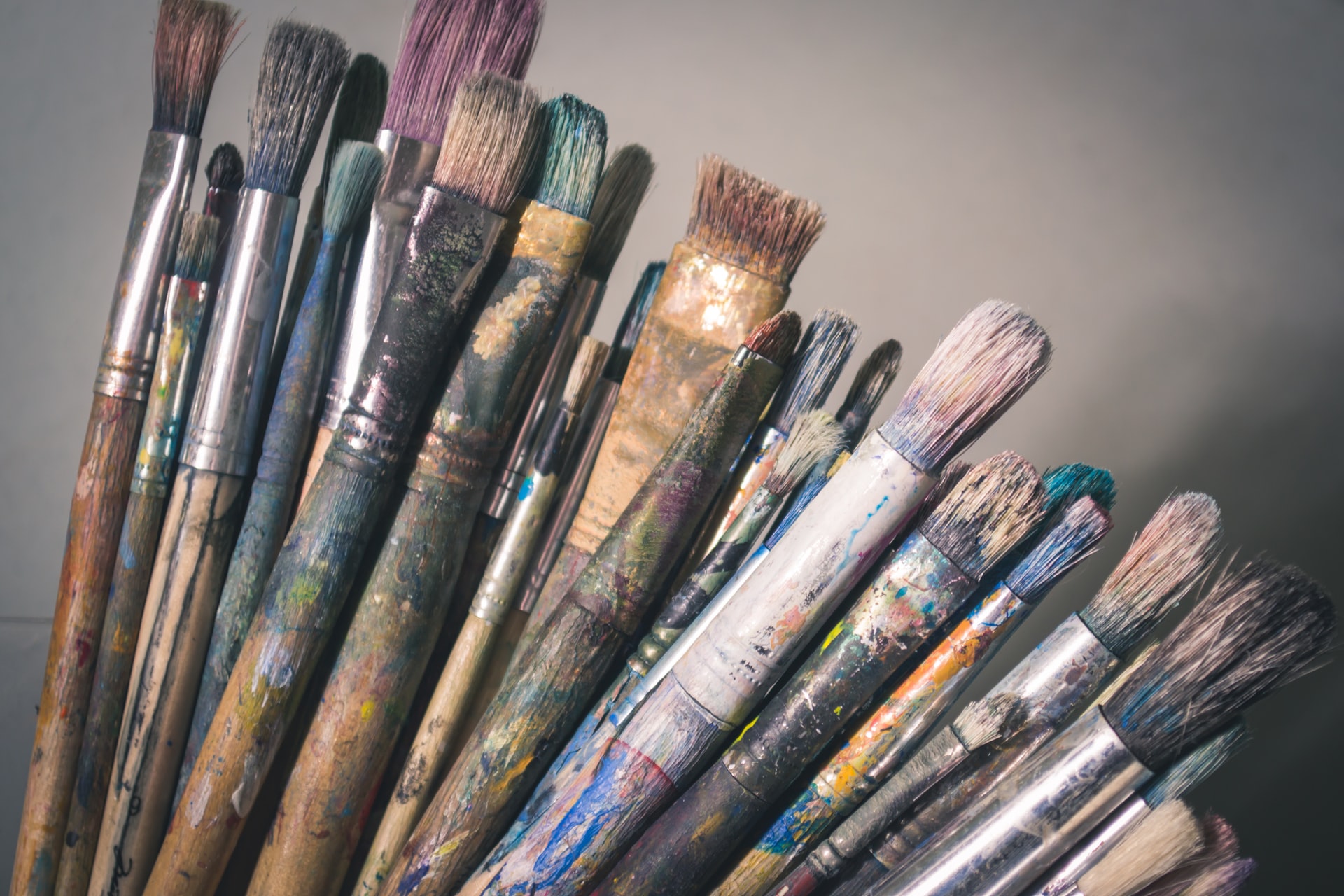Abstract
In this article, I argue that deficient and declining opportunities for art in schools coupled with initiatives to incorporate computer literacy, coding and STEM (Science, Technology, Engineering, Mathematics) as priorities forecast a dire future for the comics medium as pedagogical tool. Additionally, one result of the medium’s historical debasement is that most educators are unfamiliar with ways to use comics and cartooning; thus classroom opportunities for students to engage in a medium they love are rare. In this study, I investigate integrating the language of comics into classroom learning strategies and research some of the ways writing/cartooning can help students negotiate conceptions of identity. I wrote a lesson plan that weaved connections between making comics and teaching curriculum, and taught the twenty-five participants sequential narratives through freehand cartooning. This study investigates some of the ways drawing fictional comics can support students’ learning and negotiations of identity in the classroom.
This is a qualitative research project that gathers data in the form of student-generated art and one-on-one audio interviews with three participants. A/r/tography, semiotics, and life-writing inform the study’s progress as I research participants’ understandings through comics. Conceptions of identity and authorship emerge in the participants’ comics, as well as in my own explorations of life-writing.
A class of twenty-five bilingual grade four students participated in this study. Due to time constraints and the large volume of data generated, I narrowed the scope of the study to three participants, thus creating opportunities for more detailed analysis of information. Data tracking was supported by theories of authorship such as l’auteur complet [the complete author] (Groensteen, 2012; Uidhir, 2012) and l’écriture féminine [the feminine writing] (Cixous & Clement, 1986; Sellars, 1996; Taylor, 2014). Deeper analysis of the students’ comics reveals that the perception/drawing/meaning systems (Cohn, 2012) involved with image-making create unconscious (Hancock, 2009; Jung & Franz, 1964) pathways for students to engage and negotiate identity. In this way, they are personally invested in the narratives they create and thus engaged to learn and explore. This engagement is amplified when their works are to be displayed and, especially, printed into booklets as they were in this study.
Keywords: Comics, a/r/tography, semiotics, educational research, cartooning
How to Cite:
Lawrence, J., (2017) “The Ninth Art Versus The Tenth Art: Visualizing Conflicting Worldviews Between Comics and Screens”, Journal of Cultural Research in Art Education 34(1), 99-115. doi: https://doi.org/10.2458/jcrae.4886
Downloads:
Download PDF
View PDF
727 Views
164 Downloads

